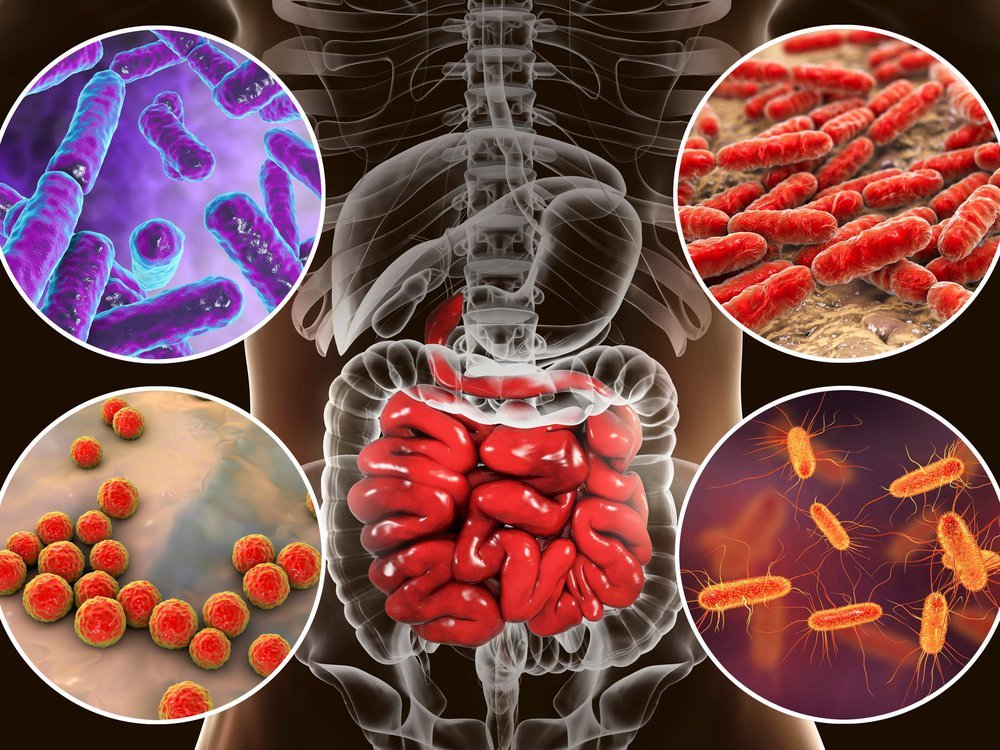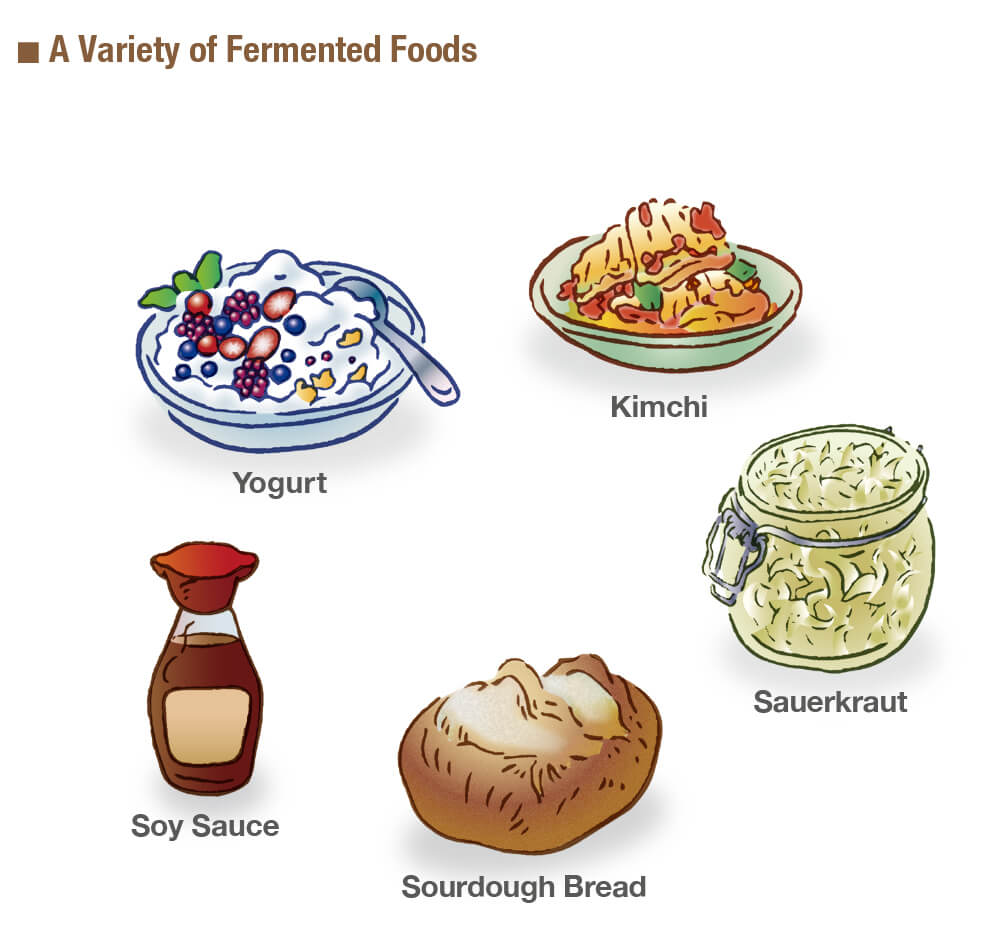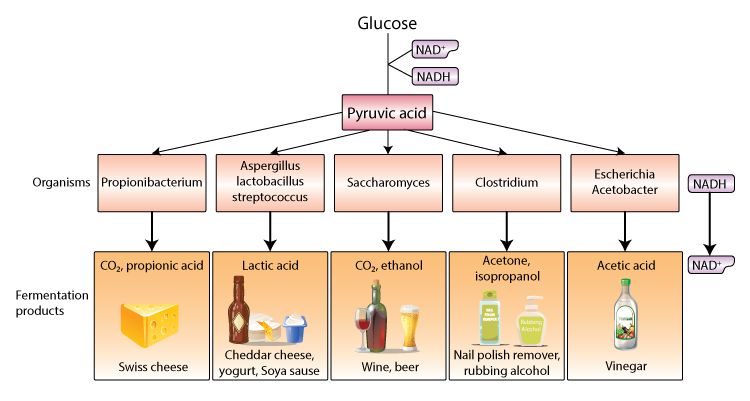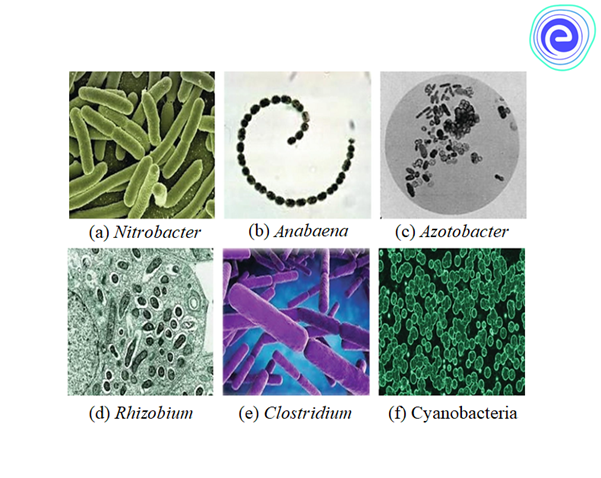CBSE Class 12 Biology Chapter 10 Revision Notes
Chapter 10: Microbes in Human Welfare Revision Notes
- Microbes may be found in the most severe environments, where no other life could live.
- Viruses, bacteria, protozoa, fungus, viroids, prions, and other tiny organisms are among them.
- They may be pathogenic, yet they serve a crucial function in human health.

- Microbes may be easily produced in labs or on a large scale to conduct research and manufacture various valuable goods.
- **Microbes benefit humans **and the environment in a variety of ways:
Household products
- The microorganisms found in curd Lactobacillus generate lactic acid, which causes the milk protein to coagulate and be partially digested and boost vitamin B12 levels.
- These bacteria can also be found in the stomach, where they inhibit the development of other bacteria.
- Idli and dosa are south Indian dishes made from fermented dough. Because bacteria produce CO2, the dough ferments.
- Yeast is used in the creation of bread.
- Saccharomyces cerevisiae is a kind of yeast.
- Toddy is prepared from palm sap that has been fermented.

Fermented beverages
- Since ancient times, Brewer’s yeast (Saccharomyces cerevisiae) has been used to make alcoholic drinks from malted grains and fruit juices.
- Various drinks are generated depending on the raw material and fermentation procedures utilized, such as wine and beer without distillation and whiskey, rum, and brandy too.

Vaccines
- Vaccines are made from disease-causing bacteria, their surface proteins, or poisons that have been weakened or attenuated.
- Edward Jenner was the first to design a smallpox vaccine.
- Polio, DPT, Measles, Hepatitis-A and B, Pneumococcal, Influenza, and other viral illnesses have all been the subject of vaccine development.
Enzymes and Chemicals
- Streptococcus generates streptokinase, a clot-busting enzyme that has been genetically engineered and is used to remove clots from blood arteries.
- Lipases are enzymes found in detergents and help remove greasy stains.
- Pectinases and proteases are enzymes that are used to clear bottled juices.
- Bioactive compounds are made and utilized for a variety of applications.
- Trichoderma polysporum produces cyclosporin A. (fungus). It’s an immune system suppressant that’s utilized in organ transplant patients.
- Monascus purpureus produces statins (yeast). It decreases cholesterol levels in the blood by preventing cholesterol production.
Sewage Treatment
- Sewage treatment facilities (STPs) process sewage to make it less polluting.
- The heterotrophic microorganisms naturally present in the sewage treat the wastewater.
**Biogas: **Biogas is a combination of gases (mostly methane) created by microbial activity that may be utilized as a source of energy.
Biocontrol of Pests and Diseases
- Dragonflies and ladybugs control mosquitoes and aphids.
- Caterpillars and insect larvae are controlled by Bacillus thuringiensis.
- The gene coding for the toxin has been inserted into the plant genome in certain genetically engineered plants, and Bt-cotton, for example, is pest-resistant.
- Trichoderma (a fungus) is a biocontrol agent for various plant infections. In most cases, the fungus may be found in the roots.
- Baculoviruses belonging to the genus Nucleopolyhedroviral are powerful biocontrol agents. Although they only attack arthropods, they are hazardous to plants and other creatures such as birds, fish, and mammals.
Biofertilizers

- Fungi, bacteria, and cyanobacteria mostly produce biofertilizers.
- Leguminous plants have Rhizobium in their root nodules, and it is capable of removing nitrogen from the atmosphere.
- On the other hand, Leguminous plants help increase the nitrogen concentration of the soil.
- Free-living nitrogen-fixing bacteria such as Azotobacter and Azospirillum can be found in the soil.
- The mycorrhizal fungus enhances the nutritional content of the soil as well.
- Glomus fungi are responsible for** absorbing phosphorus** for the plant.
- These symbiotic relationships benefit not only by boosting nutritional content but also by providing disease resistance and drought and salinity tolerance.
- Nostoc, Anabaena, Oscillatoria, and other cyanobacteria may fix atmospheric nitrogen.
- Cyanobacteria are widely employed as a biofertilizer in paddy fields.
- Blue-green algae are autotrophic and may be found in aquatic and terrestrial environments. By contributing organic matter to the soil, they improve its fertility.
Multiple Choice Questions
1.The big holes we see in Swiss cheese are made by a __________.
-
Microbes are used during _______ stages of purification of water.
-
In the preparation of which of these is Streptococcus used?
-
A high BOD(Biochemical Oxygen Demand)value, indicates ____________.
-
Which of these is a good producer of citric acid?
-
Which of these is not an example of performing biological control of diseases/pests using microbes?
-
Azoila and __________ have a symbiotic relationship.
-
_____________is a free living anaerobic nitrogen fixing bacterium.
-
Usnic acid is an antibiotic obtained from ___________.
-
___________ is produced by the activity of anaerobic bacteria on sewage.
-
Nif gene is found in _________.
-
The most common substrate used in distilleries for the production of ethanol is _______.
-
__________ is not a biofertilizer.
-
In the process of Lactate fermentation Carbon dioxide is not released.
-
Who used the term antibiotic for the first time?
